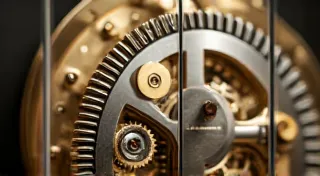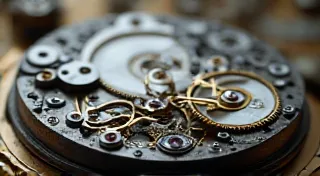The Clockwork Heart of Nostalgia: A Technical Ode to Carousel Projector Gears
There's a particular magic that settles in the air when a carousel projector whirs to life. It’s more than just projected images; it’s a resurrection of memories, a portal to a time when sharing photographs was a ritual, an event. These machines, often dismissed as relics of a bygone era, are marvels of engineering and a testament to a commitment to quality craftsmanship that’s often missing in today’s disposable technology. And at the very core of that magic lies a complex, beautiful system of gears.
I remember the first time I truly appreciated the intricacy of a carousel projector. My grandfather, a quiet man of few words, kept one tucked away in his basement. It wasn’s something used casually; it was brought out for special occasions, a family gathering a year, maybe two. The ritual of loading the carousel, the soft hum as it began to spin, the gentle click of each slide advancing – it was captivating. It wasn’s just about seeing old family photos; it was about experiencing the entire process, the deliberate pace, the shared anticipation. Decades later, rescuing one of these machines from a dusty attic ignited a passion for understanding their inner workings.
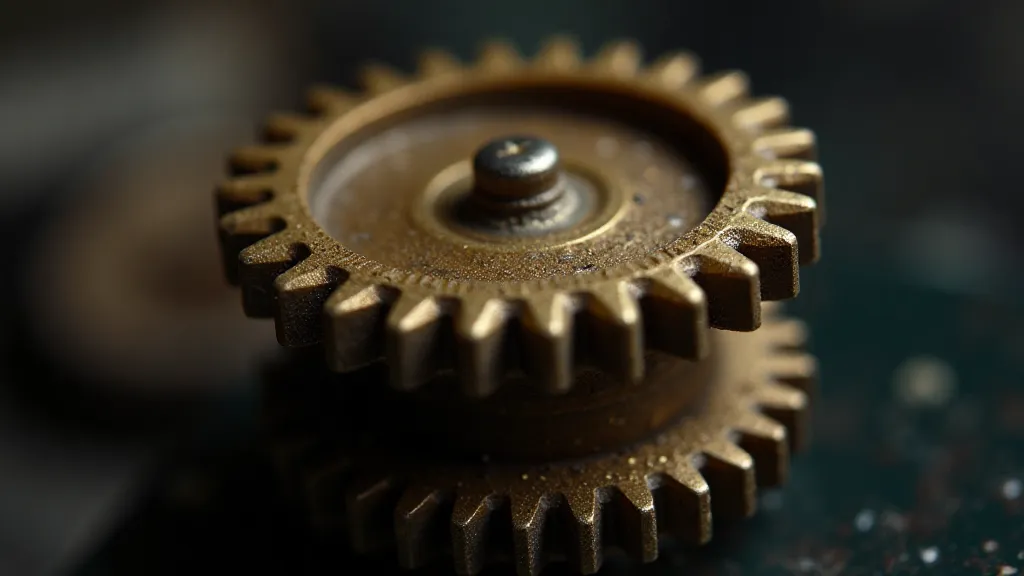
The Anatomy of a Carousel’s Heart
Carousel projectors, unlike simpler slide projectors, automatically advance a stack of 35mm slides, often arranged in a circular magazine. This automation, a key selling point in their heyday, is entirely mechanical. The core of this system relies on a carefully orchestrated dance of gears – worm gears, spur gears, and sometimes even bevel gears – all working in concert. The motor provides the initial power, which is then transmitted through this chain of gears to control the slide transport mechanism, the lamp power, and the rotation of the carousel magazine. Each gear’s size, number of teeth, and material – typically brass or steel – are precisely calculated to achieve the desired speed and torque.
The precision of these components is astounding. Early carousel projectors, manufactured in the 1950s and 1960s, were built to last. They weren't designed for obsolescence. The gears were often hardened and tempered to resist wear, and the lubrication was generous. However, time, dust, and neglect take their toll. Gears, even the hardest ones, slowly wear down. Sometimes, the mechanism will simply refuse to advance, presenting a frustrating puzzle. For those moments, learning how to troubleshoot a failing carousel can be crucial; information about when a carousel projector refuses to advance can be a vital resource.
The Silent Enemy: Dried Lubrication
The most common ailment affecting vintage carousel projectors is hardened lubrication. Over the years, the grease that once ensured smooth operation dries out, transforming into a sticky, abrasive paste. This increases friction, slowing down the mechanism and potentially damaging the gears. The characteristic "grinding" sound often heard from a neglected projector is a direct consequence of this dried grease. The images themselves can suffer too; issues of slide degradation and its impact on projection are frequently encountered, a testament to the delicate nature of these photographic memories.
Addressing this issue requires a careful and patient approach. Harsh solvents can damage delicate components and potentially dissolve essential lubrication on other parts. A mineral spirit-based solvent, applied sparingly with cotton swabs or fine brushes, is often the best option. The key is to thoroughly clean the gears without disassembling the entire projector. Patience is paramount; multiple applications and careful wiping are usually required.
Stripping and Re-Lubrication: A Necessary Ritual
For severely neglected projectors, a complete stripping and re-lubrication might be necessary. This involves carefully disassembling the slide transport mechanism, removing all traces of the old grease, and applying fresh lubricant. The type of lubricant used is crucial. A high-quality lithium grease or a specialized gear oil designed for photographic equipment is recommended. Applying the lubricant strategically – ensuring that all gear teeth are coated – is essential for optimal performance.
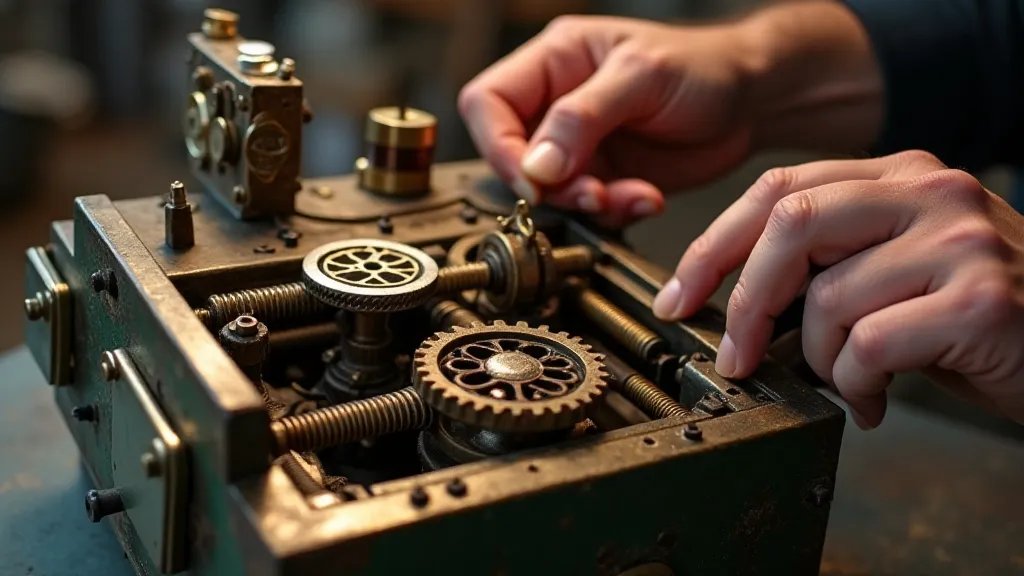
Entropy and the Delicate Balance
Even with the best maintenance, entropy – the natural tendency of systems to move toward disorder – is an inevitable force. Gear teeth can wear down, shafts can become loose, and springs can weaken. The delicate balance between precision and entropy is what defines the challenge of restoring these machines. It’s not simply about replacing worn parts; it's about understanding the original design and replicating its functionality. Achieving a sharp and focused image can often be a challenge; diagnosing and correcting addressing issues that degrade the projected image is a crucial aspect of bringing these projectors back to their former glory.
Sourcing replacement parts can be difficult. Original parts are often unavailable, and aftermarket options can be of questionable quality. However, resourceful collectors and hobbyists have developed a thriving online community, sharing tips, schematics, and even fabricating custom parts. Knowing where to find these resources is a critical skill for anyone undertaking a carousel projector restoration.
Preventative Maintenance: A Long-Term Investment
Preventative maintenance is the best way to extend the lifespan of a carousel projector. Regularly cleaning the projector, lubricating the gears, and ensuring that the lamp is functioning correctly can prevent many common problems. Even a simple task like blowing out dust with compressed air can make a significant difference. It's about understanding the limitations of the machine and taking proactive steps to mitigate wear and tear.
More frequent use, ironically, can also be beneficial. The movement of the gears helps to keep the lubrication evenly distributed and prevents parts from seizing up. A projector that sits idle for extended periods is more likely to develop problems. For those who enjoy pushing boundaries and modifying their equipment, exploring customizing carousel projectors can unlock further potential and customization options.
Beyond the Technology: A Legacy of Craftsmanship
Restoring a carousel projector is more than just a technical exercise; it’s a connection to a bygone era. It’s a chance to appreciate the quality and durability of vintage technology, and to preserve a piece of photographic history. These machines represent a commitment to craftsmanship and a dedication to sharing memories – values that are increasingly rare in today’s fast-paced world.
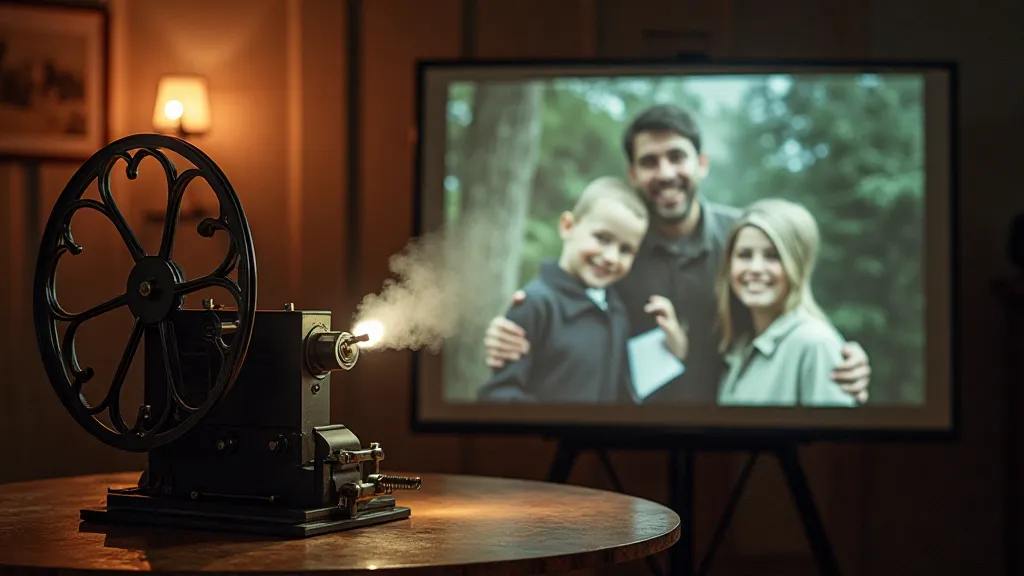
The faint hum of a carousel projector, the gentle click of the advancing slides – these are the sounds of shared memories, of family gatherings, of a simpler time. And as long as there are people willing to care for these machines, those sounds will continue to resonate for generations to come. The meticulous construction and enduring nature of these projectors are a stark contrast to the planned obsolescence prevalent in modern technology. Consider the intricate interplay of mechanical components – a testament to a time when products were designed to last, embodying a level of engineering sophistication that deserves recognition and preservation. Each gear, each lever, each carefully calibrated component tells a story of dedication to quality and a respect for the user. This extends beyond the technical aspects; it’s about the rituals and experiences built around these machines – the anticipation of the projected images, the shared laughter, the quiet contemplation of the past. The resurgence of interest in vintage technology, including carousel projectors, reflects a yearning for authenticity and a desire to reconnect with tangible objects in a digital age. They stand as reminders of a time when craftsmanship was valued, when experiences were savored, and when memories were cherished.
Restoring these projectors isn’s just about fixing a machine; it’s about preserving a piece of history and a way of life. It’s an opportunity to appreciate the ingenuity of past generations and the spirit of a bygone era.



